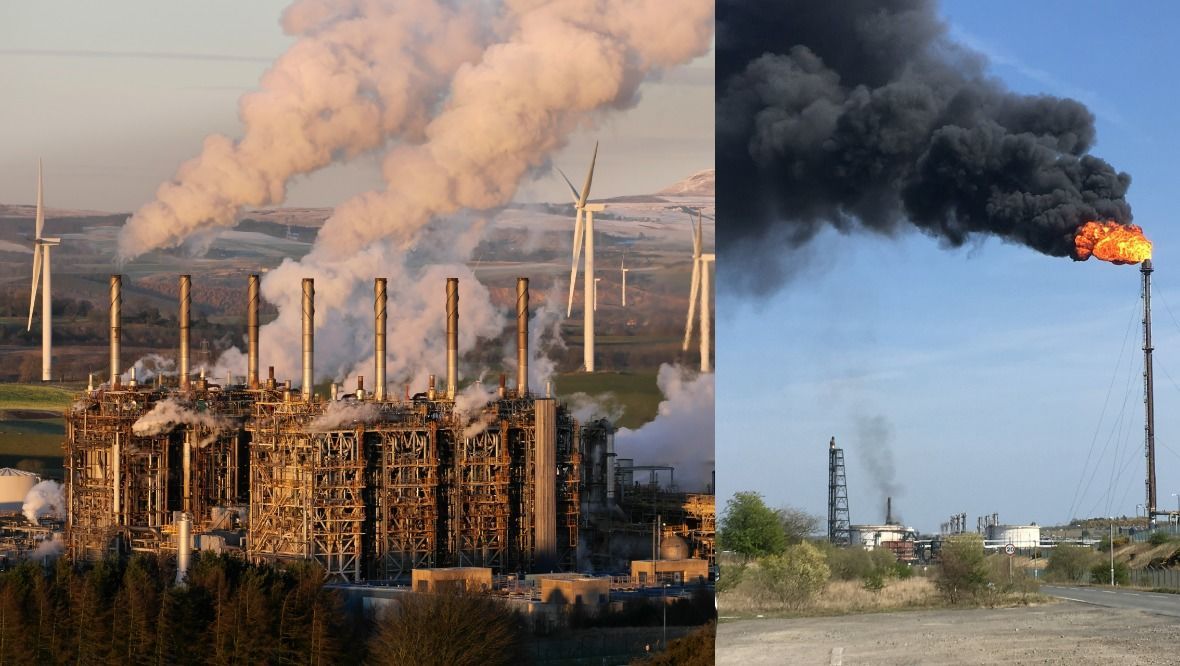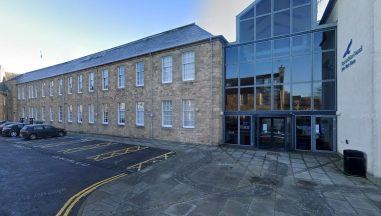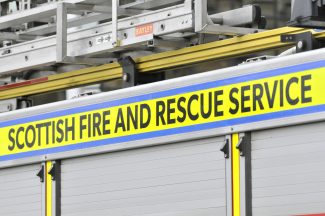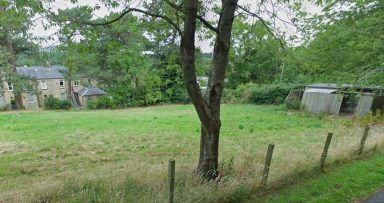An independent monitoring group has concluded that Fife’s Mossmorran Gas complex has not impacted local cancer rates or had an adverse effect on health.
A significant increase in unplanned flaring events at the facility in 2019 prompted health and pollution concerns from both the public and NHS Fife.
A report conducted by NHS Fife at that time concluded that “the overall impact of flaring on people local to Mossmorran in recent years has not been acceptable and could plausibly affect health in the widest sense”.
However, the most recently available annual report from the Mossmorran & Braefoot Bay Independent Air Quality Expert Advisory Group claims that there is no evidence of higher local cancer rates or health effects caused by the plant.
“A report conducted by NHS Fife as of 2019 concluded that, the overall impact of flaring on people local to Mossmorran in recent years has not been acceptable and could plausibly affect health in the widest sense,” the report stated.
“However, NHS Fife has not received reports from health professionals of adverse community health effects attributed to either the normal operation of the Mossmorran plant or unplanned flaring events there.”
The report continued: “NHS Fife has no new evidence of an association between air pollution in the vicinity and cancer. Local cancer rates have not been found to be higher than expected after taking account of deprivation as measured by the Scottish Index of Multiple Deprivation.”
The twin gas plant facility, which lies near Cowdenbeath and Lochgelly, consists of two neighbouring gas plants – Fife Natural Gas Liquids plant operated by Shell UK Limited, and Fife Ethylene Plant operated by ExxonMobil Chemical Limited.
The number of flaring events spiked dramatically in 2019, prompting concern from the public, the council, and NHS Fife.
Since then, flaring quantities have been reined in, and the most recent annual report from 2021 shows flaring events falling more in line with previous figures.
“The overall trend at both facilities appears to be increasing slightly over time, but the levels are quite variable per year and future flaring quantities cannot be predicted from the existing trends over the past 15 years,” the report explained.
Both operators have made significant investments and upgrades that have culminated in less unplanned flaring events and a reduction in complaints in recent years.
Various layers of oversight have also been put in place. SEPA installed new air quality monitoring equipment to monitor more pollutants across a greater geographic area, and annual reports have been submitted to the council since 2019.
Follow STV News on WhatsApp
Scan the QR code on your mobile device for all the latest news from around the country


 LDRS
LDRS


























